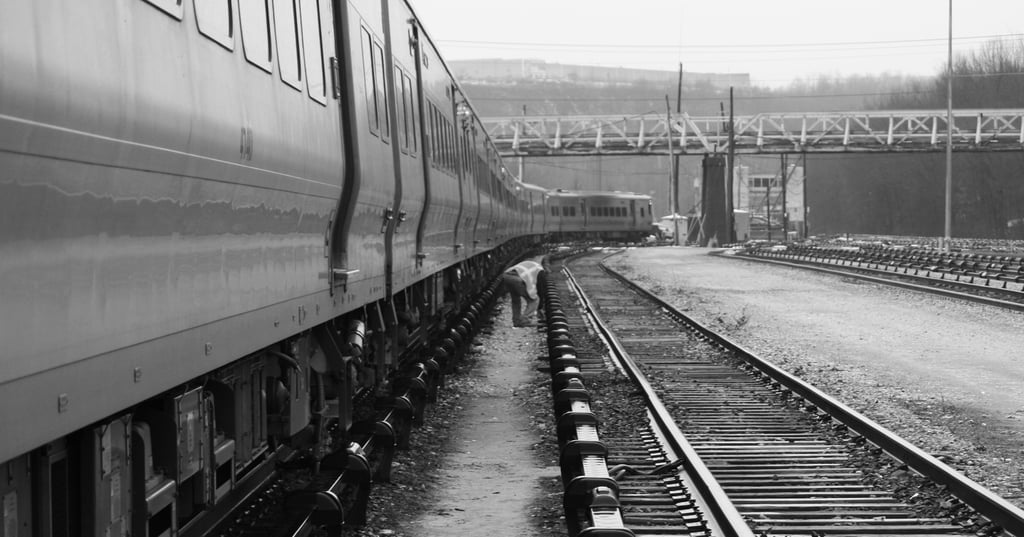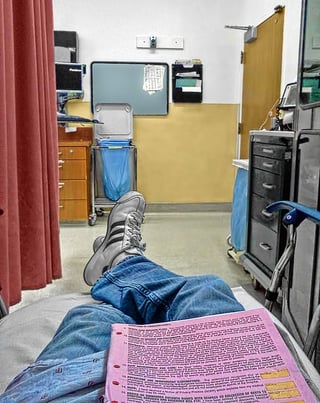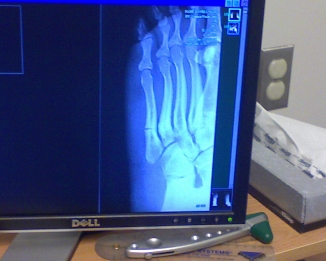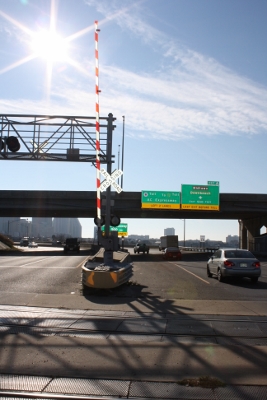
By the 1920s, the protections afforded by the Federal Employers’ Liability Act (FELA) were already well-established, but railroad work remained incredibly dangerous. Workers doing jobs in faraway locales couldn’t drive home for the night and they didn’t have money for hotels. So the railroad put them in “bunk cars” – unused rail cars sitting on track, usually in a yard.
The conditions were, no surprise, often horrendous. The bunk cars had no air conditioning and it was not uncommon for them to be rodent-infested and uncomfortable. One night, a worker couldn’t stand it, and decided it would be better to sleep on the hard ground outside. When he dozed off, a passing train in the yard kicked up sparks and set him on fire.


 What should I ask my doctor? How do I remember what my doctor told me? How do I tell the railroad what my doctor said?
What should I ask my doctor? How do I remember what my doctor told me? How do I tell the railroad what my doctor said? How long do I have to file my case? Am I too late to file a claim with OSHA? Does my initial charge letter and the denial of my appeal give me different filing dates?
How long do I have to file my case? Am I too late to file a claim with OSHA? Does my initial charge letter and the denial of my appeal give me different filing dates? Do you need a lawyer to file a FELA claim? Not necessarily. In this blog we’ll discuss specific instances when it’s better to handle the claim yourself.
Do you need a lawyer to file a FELA claim? Not necessarily. In this blog we’ll discuss specific instances when it’s better to handle the claim yourself.  When you get hurt at work on the railroad, what the company does behind your back could be worse than your injury.
When you get hurt at work on the railroad, what the company does behind your back could be worse than your injury.






